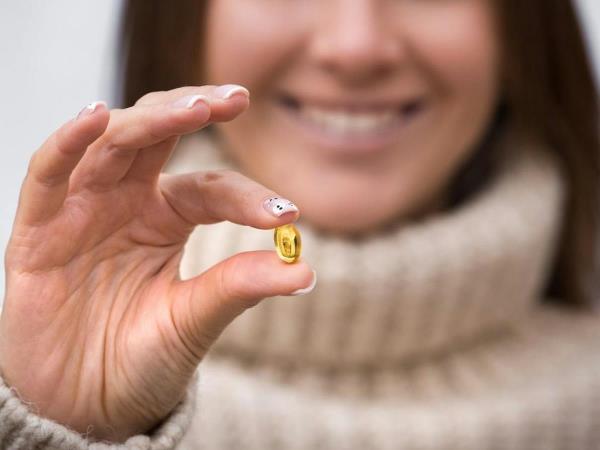Why is vitamin D important?
Vitamin D is essential for the absorption of calcium and phosphorus, which is crucial for bone and teeth health. Additionally, it affects muscle function, the immune system, and plays a role in preventing chronic diseases such as osteoporosis, cardiovascular diseases, and certain types of cancer. Some studies have shown that adequate levels of vitamin D can reduce the risk of respiratory infections and improve mood and cognitive functions.
Vitamin D Deficiency - More Common Than We Think
Despite the availability of sunlight in spring and summer, numerous studies indicate that vitamin D deficiency remains widespread. In the US, approximately 29% of adults were found to have significant vitamin D deficiency, while 41% did not have enough. A similar situation was also observed in Mexico, where a study from 2017 showed that the majority of older adults had significant vitamin D deficiency despite ample sunlight.
Factors Affecting Vitamin D Levels
Several factors influence the body's ability to produce vitamin D:
- Age: With aging, the skin's ability to synthesize vitamin D decreases.
- Body weight: Excess body weight can affect vitamin D absorption, as fat-soluble vitamin D can be stored in adipose tissue.
- Waist circumference: A larger waist circumference is associated with lower levels of vitamin D in the blood.
- Gender: Some studies have shown differences in vitamin D levels between men and women.
Interestingly, a study from Mexico did not find a link between sun exposure and vitamin D status, indicating that sunlight alone is not always sufficient to maintain optimal levels of this vitamin.
Recommendations for Vitamin D Intake
The International Osteoporosis Foundation recommends the following daily vitamin D intake:
- Adults up to 70 years: 600 IU (15 mcg)
- Adults over 70 years: 800 IU (20 mcg)
However, some experts believe that these values are too low, especially for individuals at higher risk of vitamin D deficiency. Some recommend a daily intake of up to 1000 IU or more, depending on individual needs and health status.
Ensuring Sufficient Vitamin D Levels
While sunlight is the primary source of vitamin D, it is important to consider the following:
- Sun exposure: In spring and summer months, it is recommended to expose yourself to the sun for about 10 to 30 minutes daily, depending on skin type, without sunscreen, as it blocks the UVB rays necessary for vitamin D synthesis.
- Diet: Include foods rich in vitamin D, such as fatty fish (salmon, sardines), egg yolks, liver, and fortified dairy products.
- Dietary supplements: If you believe you are not getting enough vitamin D from sunlight and diet, consider taking dietary supplements, especially in winter months or if you belong to a high-risk group.
While spring sunlight may seem sufficient for vitamin D production, numerous studies show that a deficiency in this vitamin remains prevalent even in sunny months. Factors such as age, body weight, and lifestyle affect the body's ability to synthesize vitamin D. Therefore, it is important to pay attention to signs of deficiency and adjust your lifestyle or consider taking dietary supplements as needed. By doing so, you will contribute to maintaining your health and well-being throughout the year.









 Would you like to be informed about news on the website?
Would you like to be informed about news on the website?

